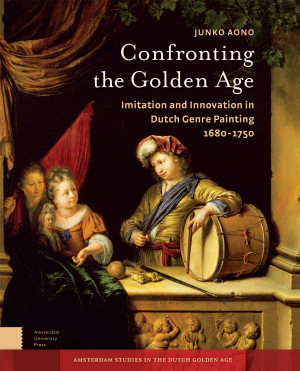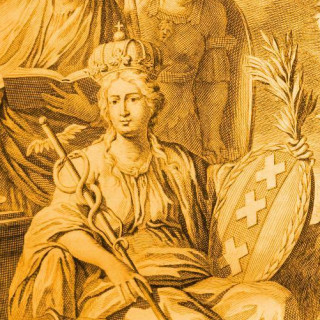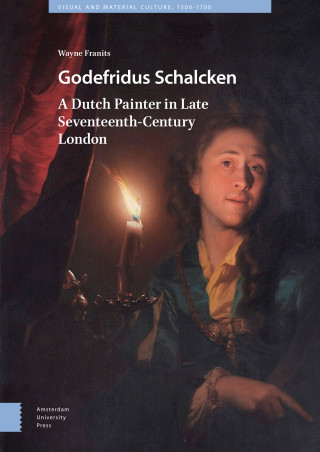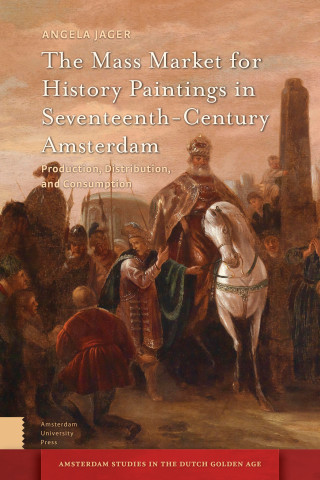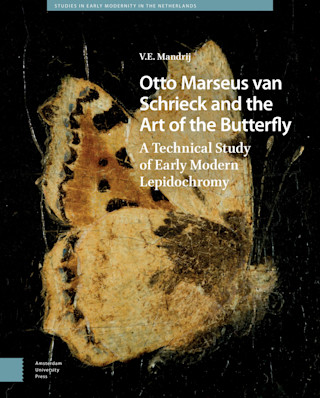'Though long-neglected, Dutch painters of the late seventeenth and eighteenth centuries made decisive contributions to the development of their nation's art. Junko Aono's book examines Dutch genre painting of that fruitful epoch in terms of its complicated relationship to works by the most illustrious genre painters of the earlier seventeenth century. In doing so, she sheds ample light on the accomplishments of a younger generation of artists who, in active dialogue with their renowned forebears, fashioned an aesthetic both reflective and constituent of changing tastes in the decades following the so-called Golden Age of Dutch painting.' -- Wayne Franits (Professor of Art History, Syracuse University)
'Junko Aono's most welcome monograph is an excellent, scholarly analysis of a neglected period in art history. It offers fresh insights into the art of the early eighteenth century from a broad and interdisciplinary perspective and significantly alters our art-historical perception of this period. It is excellently written, well structured, and accessible.' -- Koenraad Jonckheere (Professor of Art History, Ghent University)
'This groundbreaking study examines the market forces, cultural values, and historical selfconsciousness of painters who reconciled their own artistic identities and production with respect to the genre tradition. This involved rendering scenes supposedly of daily life, often crafted in a highly refined style. Even as these artists reprised the themes of an earlier generation, they recast favored subjects involving music making, food, and family to please an elite class of wealthy connoisseurs. As themes from history and poetry became less popular, figures in the genre paintings became ever more elegant and idealized. This beautifully produced volume fills a gap in Dutch visual and cultural studies.' -- A. Golahny in Choice
'Overall, Confronting the Golden Age offers not only analysis of a body of work that has heretofore received limited attention, but also an examination of the artists’ response to a recent past that was already lauded by collectors as the Golden Age. The catalogue of painters, many of whom may be unfamiliar to nonspecialists, is a welcome resource. The book is lavishly illustrated, presenting many paintings that are in private collections or museum storage in full color, which would certainly aid further research in the art of this period.' --Angela Ho, George Mason University
'Cleverly shifting back and forth between specific examples and a broader context, Aono sketches a clear picture of what informed these artists' artistic choices. Her revisionist approach is underpinned by a solid methodology and she puts forward a fresh interpretation of a chapter in Dutch art that is still largely misunderstood, while her matter-of-fact style of writing makes the book accessible to a wider audience.' -- Eddy Schavemaker in Burlington Magazine
'Confronting the Golden Age is a supremely important book. Aono’s command of her sources is impressive, and her historical imagination vivid. Readers will turn to this book for some time to come. When they do, they will find a reliable source that teaches them quite a bit about this fruitful but obscure period in art history.' -- Arthur J. Difuria in Renaissance Quarterly review

